Communication is vital for all birds, and owls are no exception.
Simply put, the reasons owls hoot are to communicate with other owls.
Hooting is just another form of avian vocalization, but it is most notably heard in the order Strigiformes (owls).
Different species use different kinds of sounds, and the syrinx dictates these. Accordingly, the syrinx is the primary avian vocalization organ, and it is equivalent to the larynx (voicebox) in humans.
In this article, I’ll be covering why owls would want to talk to each other, as well as some basics on avian vocalization. So, let’s dive right in!
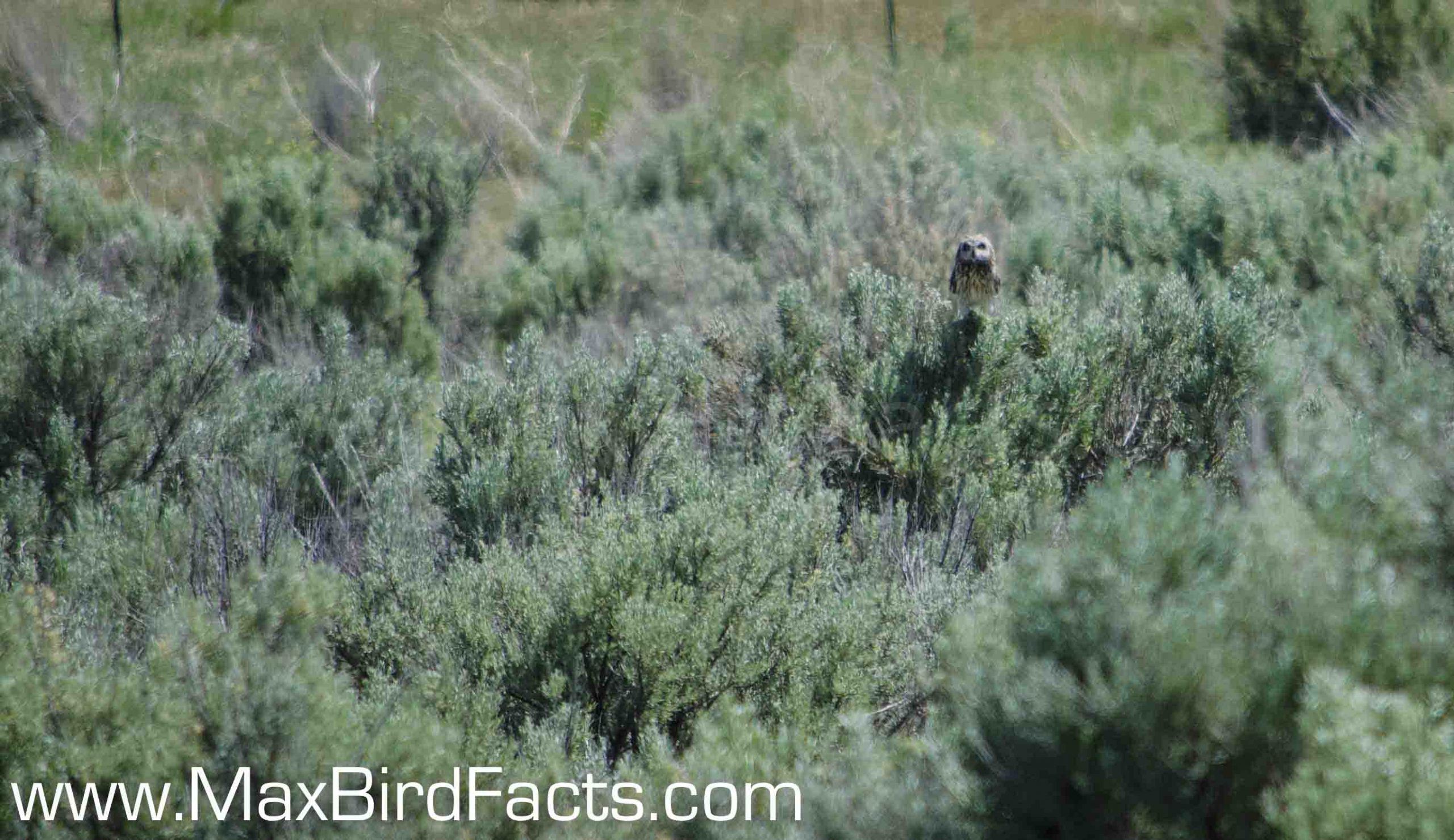
What’s The Point Of Hooting?
There are four primary reasons for vocalization in the animal kingdom: claiming territory, attracting mates, intraspecies communication, and warnings. There are obviously more reasons than just these four, but I think they can all fit under these parent categories.
An owl’s territory is vital to ensure it has available nourishment, shelter, and space to stay healthy. Territory is also essential to attracting and holding onto a potential mate.
Each species of owl will have a different ideal territory.
Burrowing Owls (Athene cunicularia) will look for large, flat areas (prairies, plains, pastures, etc.) with scattered perches. Also called Prairie Dog Owls, Burrowing Owls also need pre-dug burrows from prairie dogs, ground squirrels, or gopher tortoises since they rarely dig their own.
They will also be preferably close to groups of large ungulate mammals, using their droppings to attract dung beetles to the burrow for an easy meal.
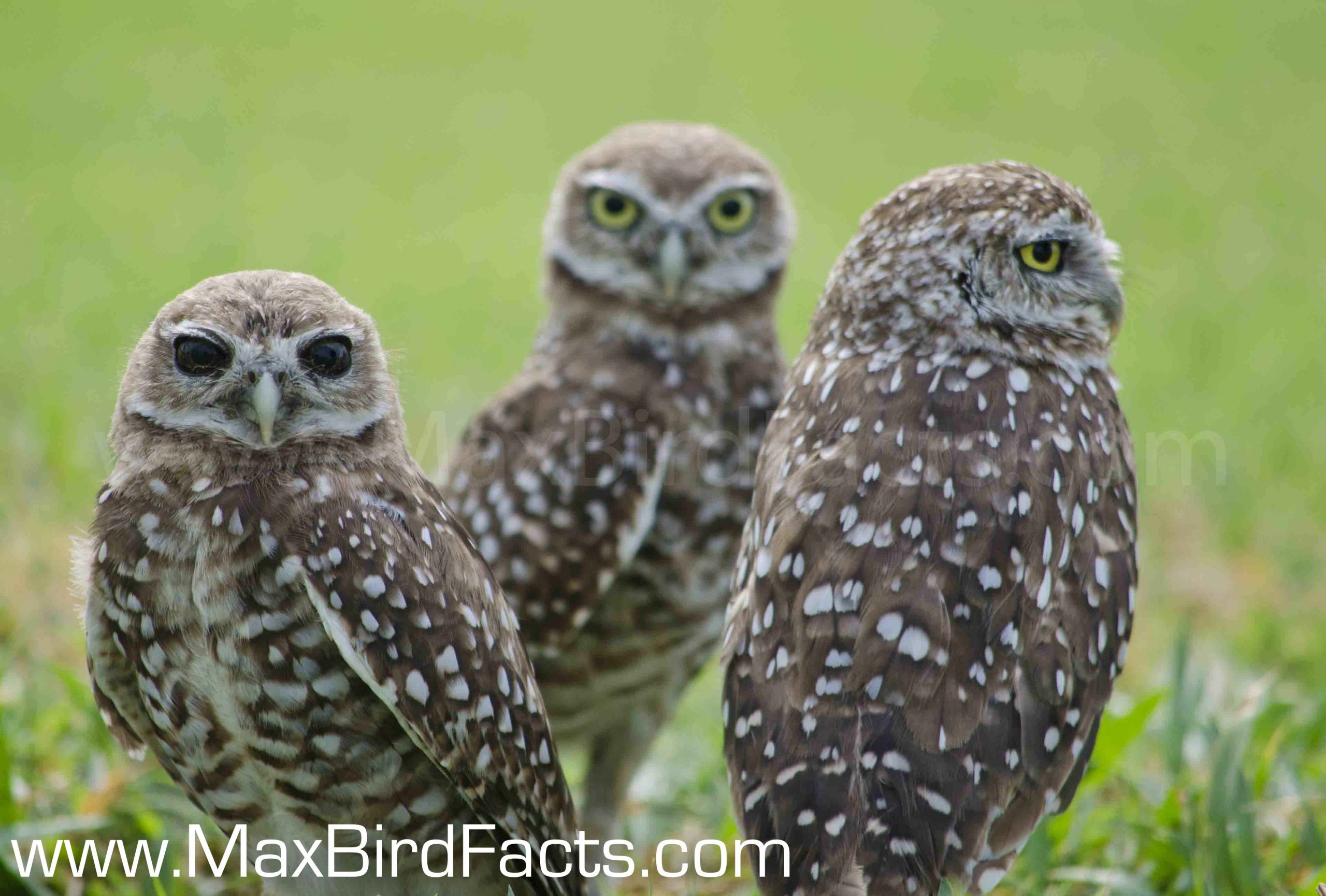
On the other hand, Barred Owls (Strix varia) require thick forests near marshes, swamps, or other waterlogged lands. Their diet of small rodents, amphibians, and reptiles drives their need for this habitat.
Fortunately, these habitats usually don’t match the needs of their most dangerous predator, the Great Horned Owl. Still, sometimes one of these will wander into a Barred Owl’s home and force the smaller owl to retreat.
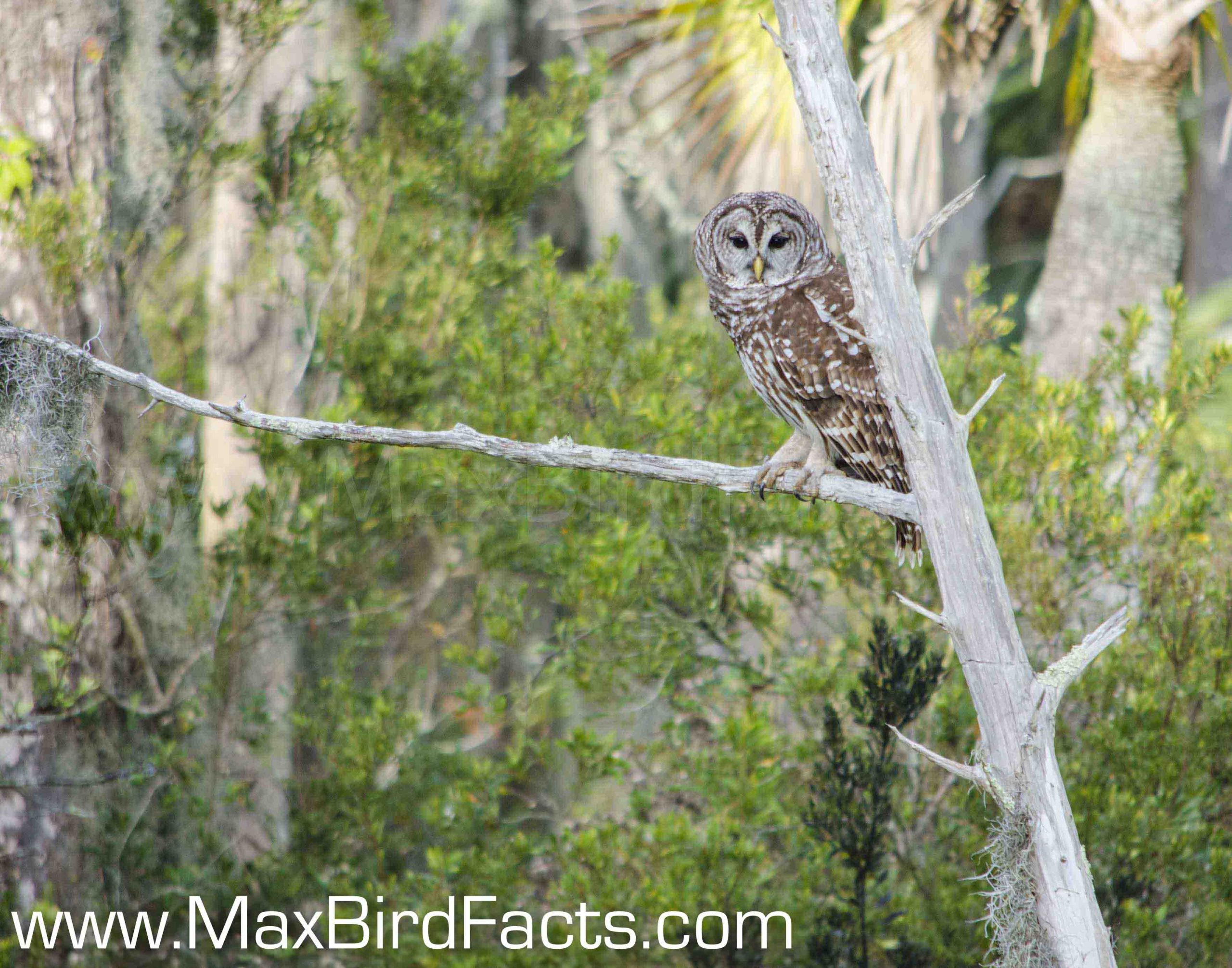
Hoots are surprisingly effective calls for securing a home. Since these are low-frequency songs, this sound will travel farther than more high-pitched calls.
The low-frequency will send the owl’s signal through the dense forests they live in, letting potential rivals know to stay away.
The “Who Cooks For You” call of the Barred Owl is one of the very few ways to identify these elusive birds in the dead of night.

It is nearly impossible to spot these animals unless you can see the owl silhouetted in the moonlight or street lights.
This song’s low, raspy sound is ingrained in my memory from listening to the nesting pair in my yard growing up.
The sound of a hoot can also attract a potential mate. The quality of a male’s song will determine if a female will answer.
The Great Horned Owl’s “hoo-Hoo-hoo-hoo” call is probably the most well-known owl song globally.
This iconic tune is perfect to set the scene for a dark and foreboding forest in a film. But in reality, this is a romantic song that a mating pair will often duet to build their bond.
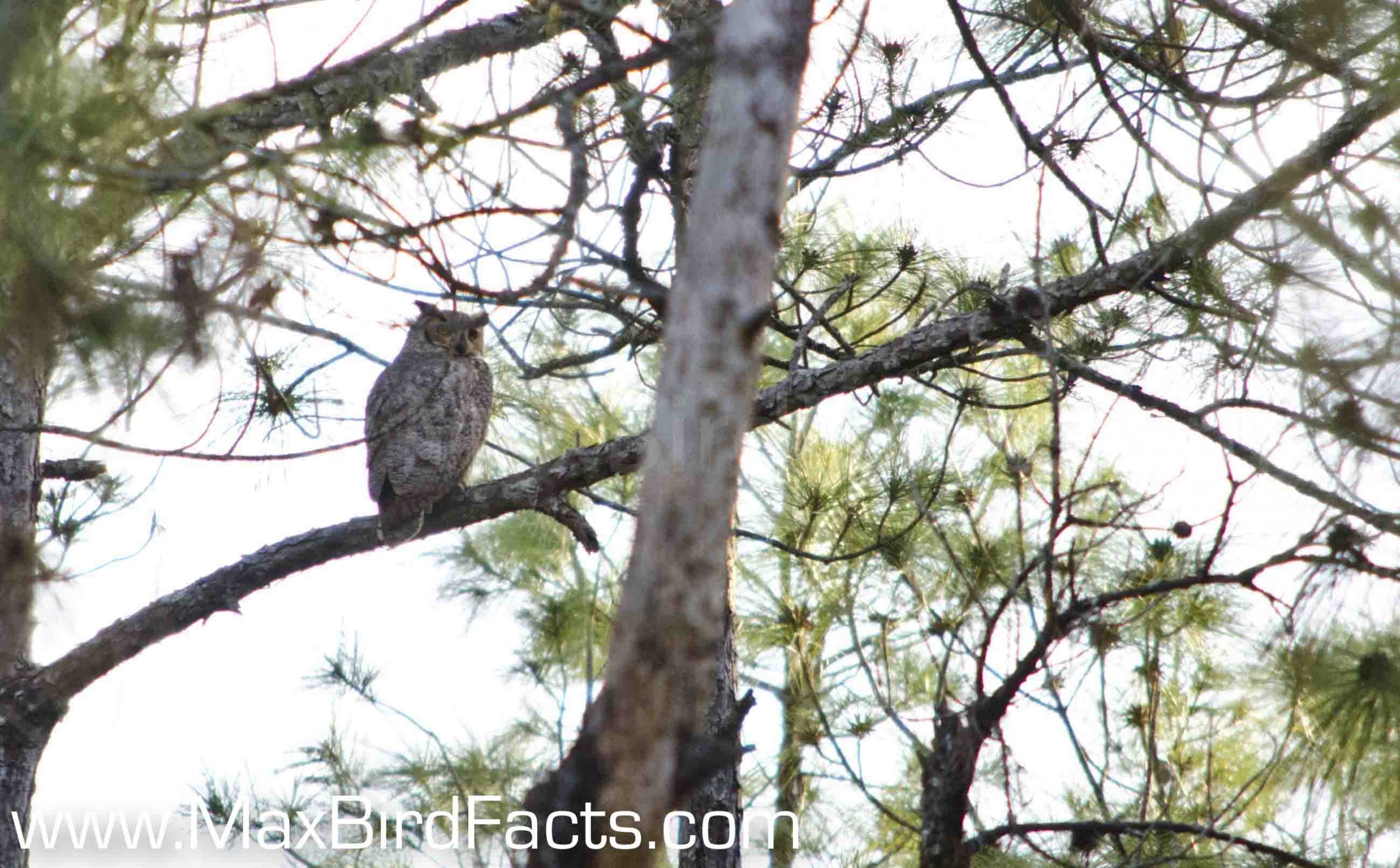
Duets are typical behavior for many monogamous birds and keeping their connection throughout the breeding season and the rest of the year is imperative.
Unlike other birds, female owls vocalize nearly as much as males. Their calls are sometimes more high-pitched, but this isn’t reliable for all owl species.
Specifically, with Great Horned Owls (Bubo virginianus), the male’s syrinx is more developed and produces a noticeably deeper tone than the female’s.
If you’ve ever heard a pair of owls hooting at each other, chances are the first hoot was sent by the male, and the second will be the female returning the call.
On a side note, it would be best if you never tried to spotlight an owl. An owl’s eyes are well adjusted to low light, and you can daze or damage the bird’s eyes by shining a flashlight at them or using a camera flash.
I know it can be tempting to use a light source to try and capture an image of these fantastic birds, but it does more harm than good. So instead, get creative and try and make the environment work to your advantage. You never know; you might make an image you would never have thought to otherwise.

Owls don’t just hoot. Like any other bird, they can produce a wide range of calls; these include screams, rattles, whistles, barks, shrieks, clucks, hisses, coos, and cries, to name a few.
Owls use hoots along with these other vocalizations to warn and scare off danger. A Barn Owl’s shriek is one of the most jarring sounds I’ve ever heard.
It’s such a cutting, ear-piercing cry that makes the hair stand up on the back of your neck. These calls are highly effective in letting other animals nearby know there is a threat and frightening off that predator, and I can see how.
Female owls use shrieks and rattles to scare off nest robbers. The female’s cries will also attract the male back to the nest to help fight off the menace. And, if the sounds don’t ward off the threat, the powerful talons and wing strikes will.
Nestlings will also use an array of calls to communicate with their siblings and their parents.
Begging is very critical to make sure the parents feed the chicks enough. Young chicks will voraciously eat anything their parents give them, and they need to.
American Barn Owls (Tyto furcata) will fledge by the time they are seven weeks old. On the other hand, Eastern Screech-Owls (Megascops asio) will leave the nest at only five weeks. Thus, it appears that fledging time is directly linked to the adult size of the species.
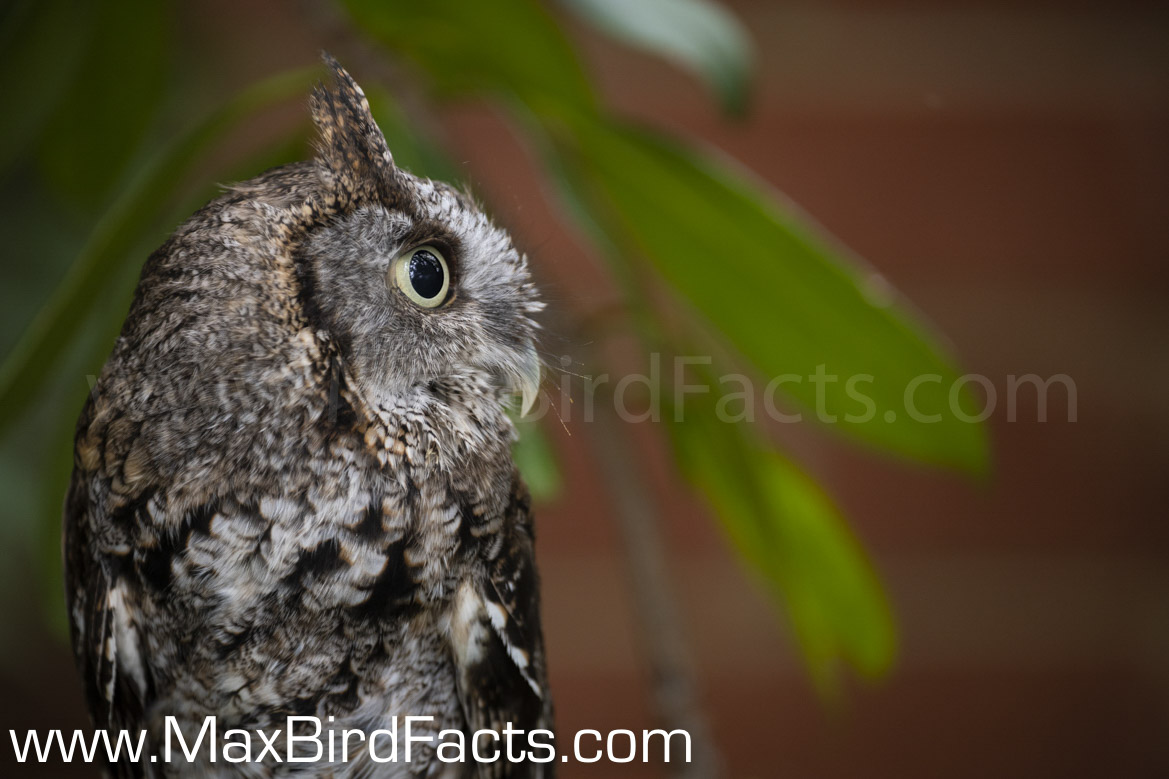
The age of the owl will also determine what calls they can produce. Younger birds will usually make more high-pitched screams and cries. These are mixed with begging calls and beak snaps, insisting the parents bring them more food.
Young owls won’t exhibit the characteristic hooting of their parents until they fledge at eight weeks old. Therefore, the development of the chick’s syrinx directly links to its ability to hoot.
The Syrinx – Avian Voicebox
The syrinx is found at the point in the trachea where it splits into the two bronchi. The syrinx itself is connected to syringeal muscles that alter the tympaniform membranes to produce different sounds as air passes through them.
So what does all of that sciencey-sounding stuff mean?
Essentially, the syrinx controls the sound the bird makes through muscle contractions, changing the internal shape of that throat section.
The sounds the syrinx produces can be separated into two primary groups, calls and songs.
Songs are typically much more complex in their sound as well as their use. For example, birds use songs for territorial defense, pair-bonding, and intersexual or intrasexual selection.
Calls are usually much shorter, simpler vocalizations, and are much more versatile. Some types of calls are contact, flight, alarm, mobbing, and begging.
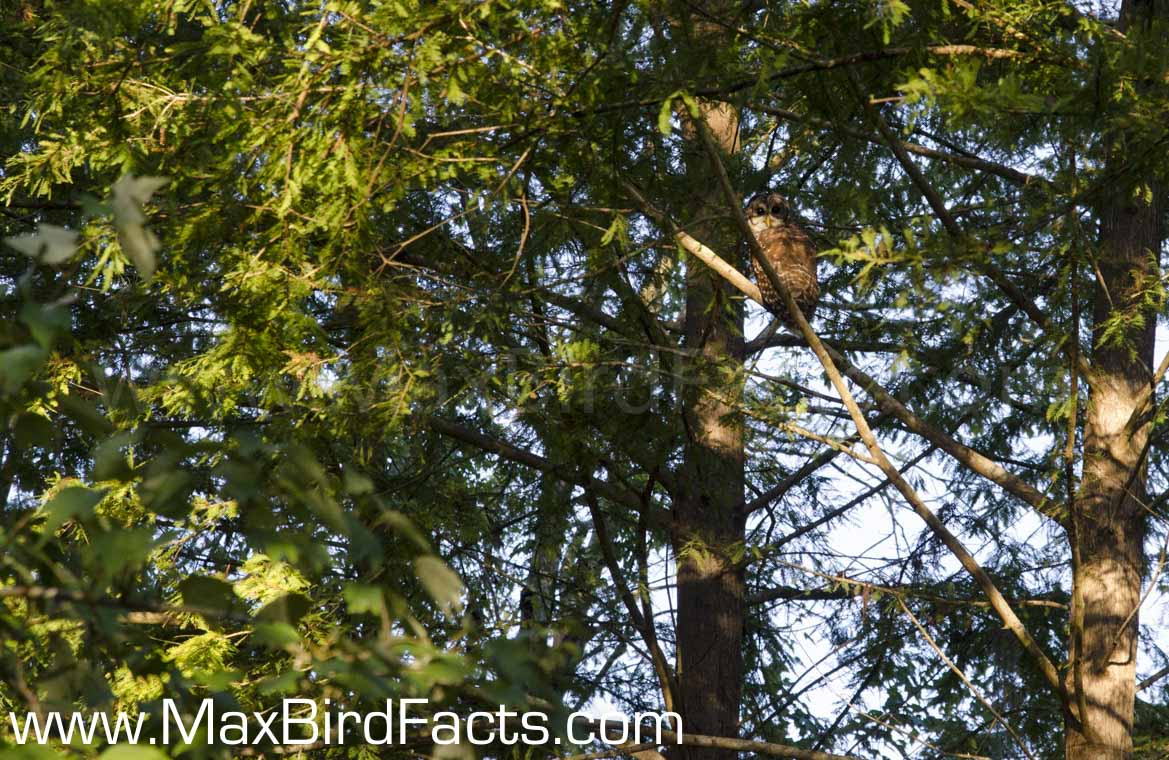
Looking at how owls use hoots, they can fit under both of these categories. As I said earlier, hoots are used for setting up territory, attracting mates, and warning about danger.
Granted, owls will also use the myriad of other types of sounds they can make for some of their needs. However, hoots are very versatile song owls can employ for various tasks.
The development of the syrinx, and its complexity, vary from one group of birds to another.
The syrinx is restricted to the bronchi with owls, giving them a middling range of vocal abilities.
Compare this to the syrinx of Passeriformes (songbirds); their vocal organ covers both the lower end of the trachea and the upper portions of the bronchi. This extension of the syrinx in songbirds allows them to have massive ranges of notes they can hit for a song.
I don’t want to go too into the syrinx here because it deserves its own article entirely. However, I think this was a satisfying, short synopsis for the necessary information about this organ.
Why Do Owls Hoot? To Talk With Each Other!
So, now we know the reasons why owls hoot.
It is as simple as communication between a mating pair or as complex as informing other animals of a local threat.
All the different forms of communication come to the end goal of relaying information from one owl to another. Whether telling another male to stay off his turf, trying to entice a mate, talk to their young, or warn their partner about a snake invading the nest, hoots can accomplish all of this.
The syrinx is the vocal organ found in birds, and its shape and use have a wide array across the Orders of Aves.
Owls have opted for low-frequency hoots that can travel long distances through dense forests. This, of course, isn’t fair to say for all members of the Strigiformes, but it is valid for the vast majority.
The development of the syrinx in young owls is essential for their ability to hoot as an adult.
If an owl couldn’t hoot, would it be an owl at all?
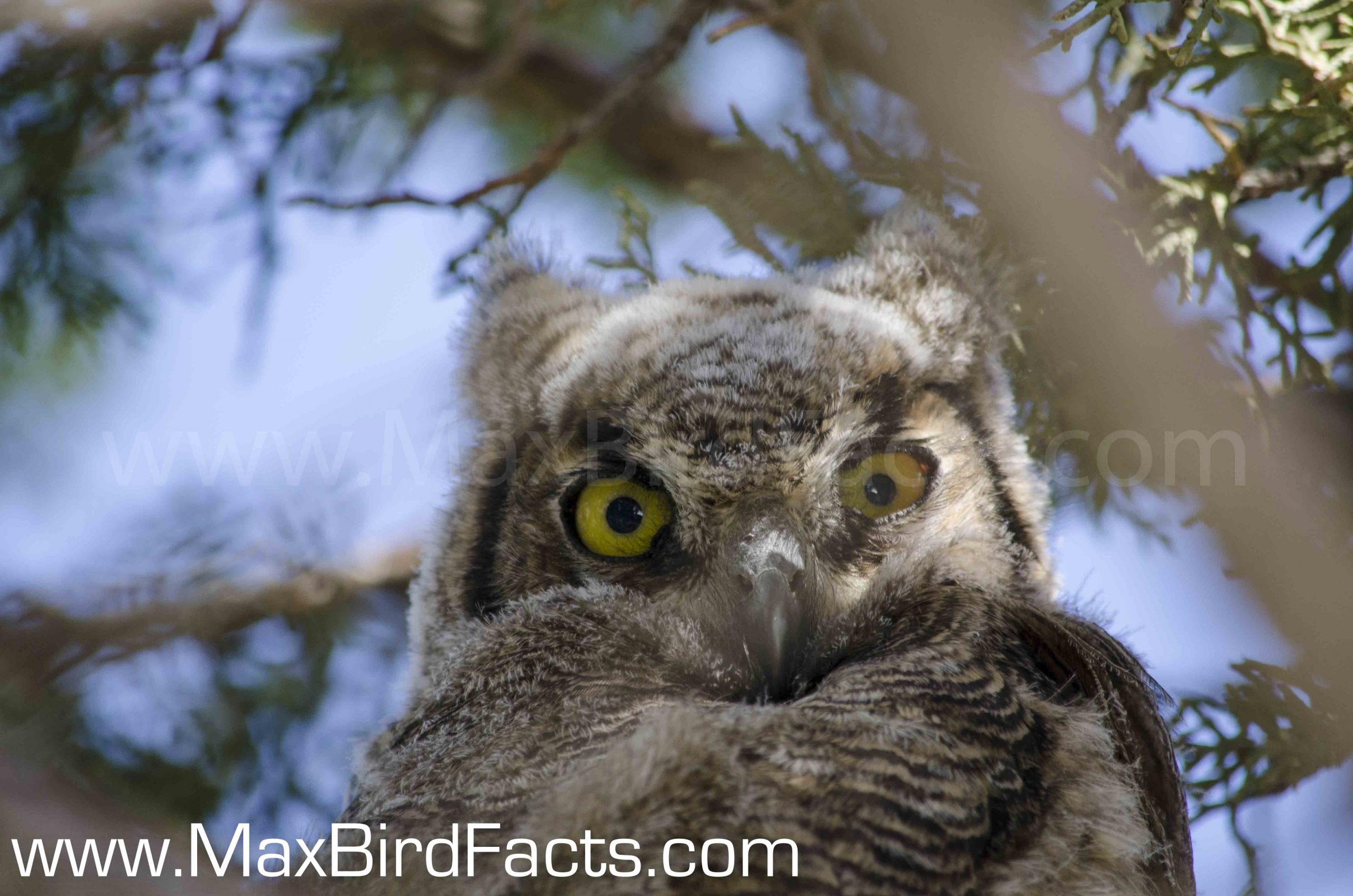
Thank you for reading this article, and I really hope you learned something new!
If you want to read more on why birds sing, check out my article Why Do Birds Sing in the Morning – Nature’s Alarm Clocks.
If you have any suggestions for future articles or topics you would like me to cover, please leave a comment or shoot me an email.
Make today great!
Max
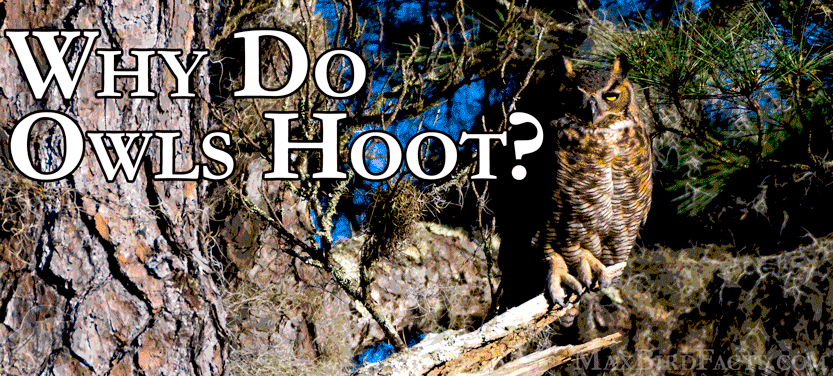
I hope you do make an article about the Syrinx! It looks so fascinating!
Thank you! I’ve got one planned and hopefully coming soon, thank you for your comment, Skyler!!!